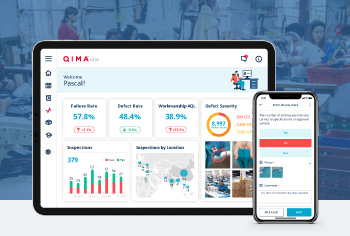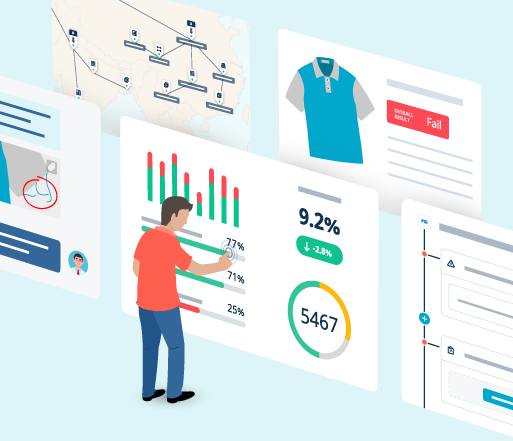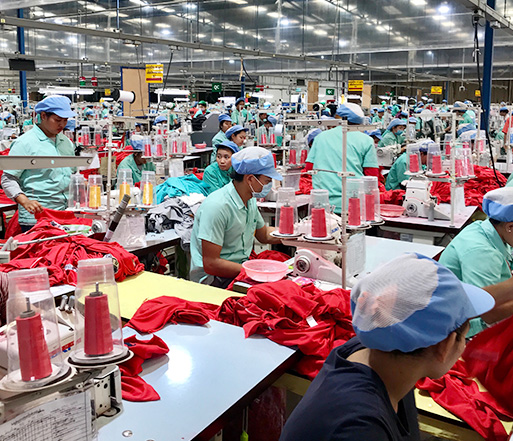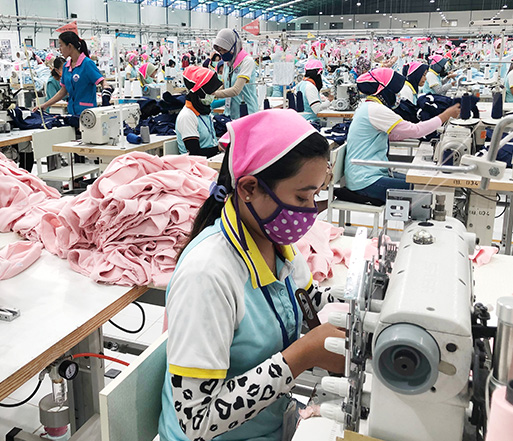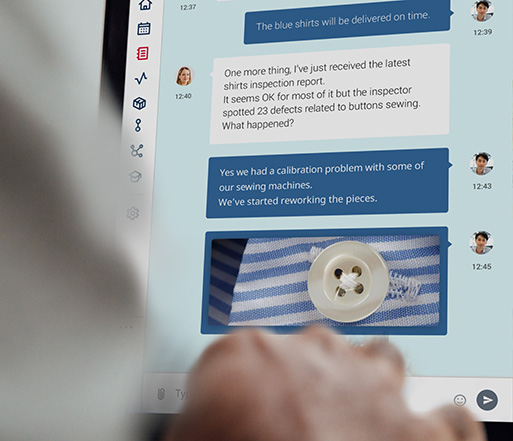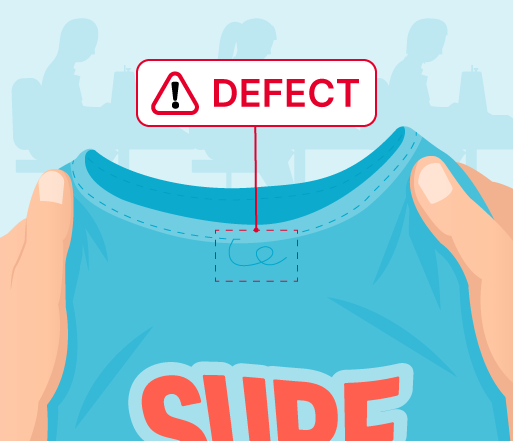
Article
Boost Your Quality Control with Supplier Performance Metrics

Article
Boost Your Quality Control with Supplier Performance Metrics
Article
Boost Your Quality Control with Supplier Performance Metrics

Keep up-to-date with the latest supply chain insights.
If you’re like most companies, your supply chain spans multiple time zones, countries, and continents. How can you see all links of your supply chain at once to ensure high quality and deliver goods on time? One of the secrets to keeping your production on the right track is to set and monitor supplier performance metrics.
In this article, you will discover what supplier performance metrics are, why you should be using them, and which ones need watching.
What are Supplier Performance Metrics?
Supplier performance metrics are simple indicators you can use to track how your vendors are doing on a number of specific, measurable tasks.
You may also know them as vendor/supplier metrics, supplier performance measures, or supplier key performance indicators (KPIs). But regardless of what you call them, these are tools for measuring your supplier performance to ensure that the vendors and factories you work with are meeting your expectations.
A metric could measure quality control (QC) inspection success rates, factory productivity, on-time shipping performance — or anything else that directly impacts the efficient operation of your supply chain (see specific examples below).
Why Should You Use Performance Metrics to Evaluate Suppliers?
Finding reliable suppliers for your sourcing needs is no easy task. Studies show that almost half (47%) of collaborations between suppliers and brands or retailers tend to fail.
The #1 reason for those failures? A lack of trust.
Building trust in your sourcing network and business partnerships is a many-faceted task. But the simple truth is, many trust issues in your supply chain result from the failure to establish clear expectations for your suppliers. Having openly communicated shared goals and the ability to measure progress towards them is a crucial step towards a fact-based foundation for relationships that last.
Tracking measurable metrics means there is no room for ambiguity or deception. Neither party can be accused of “spinning” the results or “massaging” the data to their advantage. Everything is quantifiable and out in the open. When you communicate your expectations to your suppliers, you can easily share the data on their performance, showing them how they have been doing so far, and giving them specific goals to work towards.
Furthermore, you can use supplier performance metrics to assess your overall supply chain performance, identify weaknesses and address them proactively.
Finally, supplier performance metrics give you an objective measure for comparing competitive suppliers so you can select the best sourcing options and forge lasting partnerships.
This kind of comprehensive understanding of your supply chain’s strengths and weaknesses will help you achieve:
- Better-quality products
- Supply chain efficiency
- Transparency and sustainability
- Consumer trust and loyalty
What Metrics Should You Use to Analyze Supplier Performance?
The exact indicators to track will always depend on your suppliers, industry, and the workflow of your business. However, some common performance metrics apply in most cases to help you evaluate quality and productivity.
Example of metrics you can track:
Supplier Performance Metrics
- Inspection Failure Rate
- Beyond AQL (Acceptable Quality Limits) Percentage
- Overall Defect Rate
- Critical/Major/Minor Defect Rate
- “Right First Time” Rate
- On-time Order Completion Rate
- Incidence of Specific Issues by Factory
Inspector Performance Metrics
- Average Time Spent by Inspection
- On-time Report Delivery
- Dispute/Claim Rate
- Integrity Issues
- Headcount per Product Expertise
Monitoring supplier performance metrics can help improve your supply chain efficiency in several ways:
- Identifying Trends -- the right metrics will help you spot inefficiencies and areas of risk
- Corrective Action Plan (CAP) -- having clear metrics to follow for your corrective action plan improves the probability of its successful implementation
- Anticipate -- metrics such as “time spent per inspector” can help you monitor employee performance, allocate inspectors more efficiently, and spot potential integrity issues.
Trustworthy supplier metrics are at the heart of an efficient and reliable supply chain. The only question remains: do you have the tools to accurately capture and analyze them?
Learn how Ariat reduced
their poor quality costs
Learn now

Learn how Ariat reduced
their poor quality costs
Learn now
How Can You Capture Better Supplier Metrics with QIMAone?
Keeping an eye on your entire supply chain is a monumental task. Online quality management software can simplify the process for you.
QIMAone is a smart and collaborative platform that helps brands and retailers improve their products and empower their suppliers with reliable data, real-time visibility, and standardized workflows.
With QIMAone, data is organized in easy-to-understand statistics, such as defect rates within a production batch and overall compliance-failure percentages per factory. You can also easily monitor the performance of inspectors, including your own teams and third-party QC.
Plus, you will be able to communicate with your suppliers in real-time to address issues, resolve problems quickly, and keep your supply chain running smoothly.
Finally, our inspection app makes quality and compliance management checks simple and straightforward, offering the full functionality of QIMAone on mobile phones and other handheld devices.
Capturing actionable supplier performance metrics has never been so easy!
Want to see QIMAone in action?
Learn more here or schedule a demo today.
Most Popular Articles
Corrective Action Plans 101: Your Basic Guide to Ensuring Supply Chain Quality Excellence
The Benefits of a Data-Driven Supply Chain
6 Benefits of Supply Chain Visibility
How to Implement a Quality Management System
Simpli Home: Ensuring product quality and compliance with supply chain technology
7 Effective Ways to Improve Your Quality Management System
Supply Chain Visibility: Complete Guide for Supply Chain Managers
Boost Quality Control with Supplier Performance Metrics
